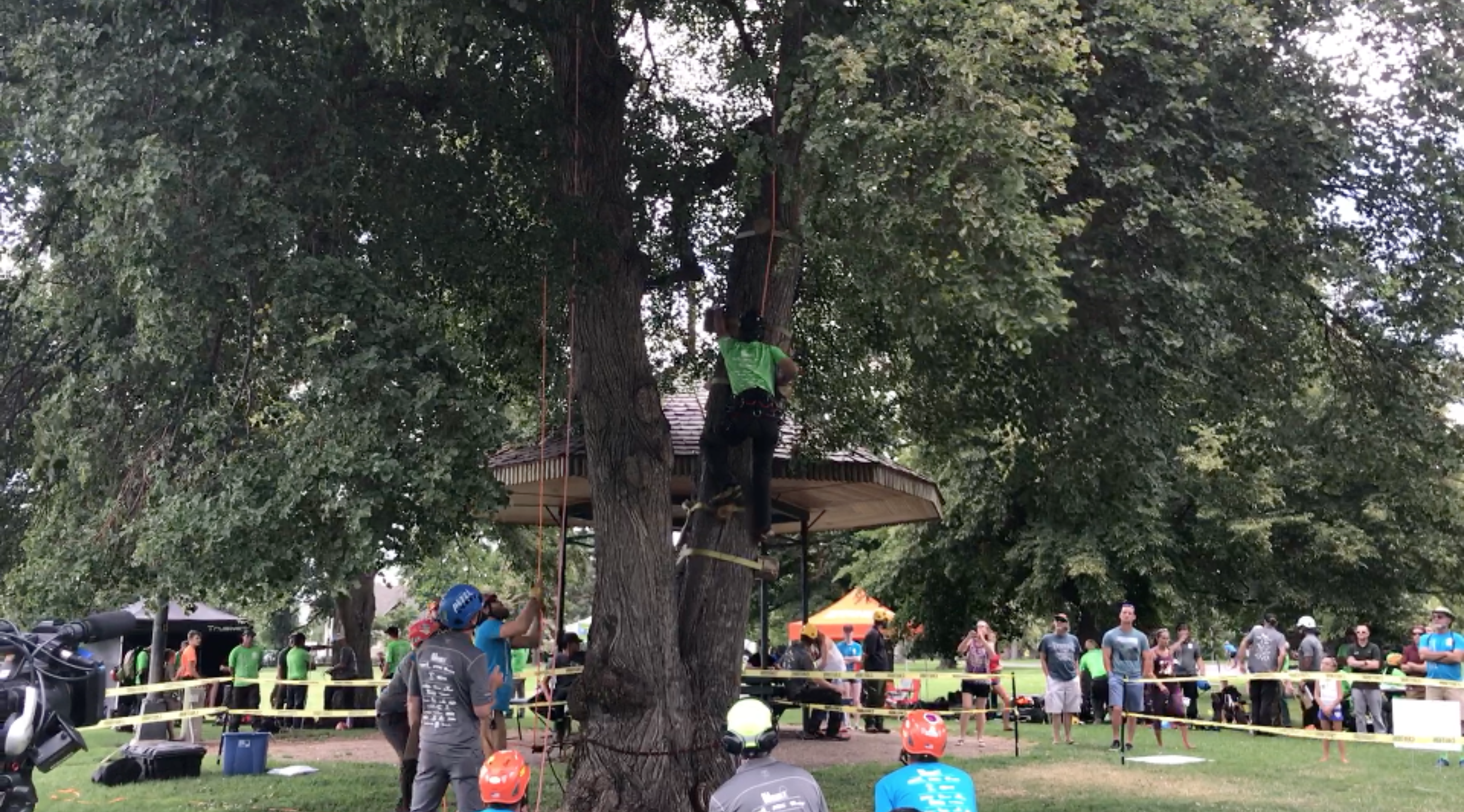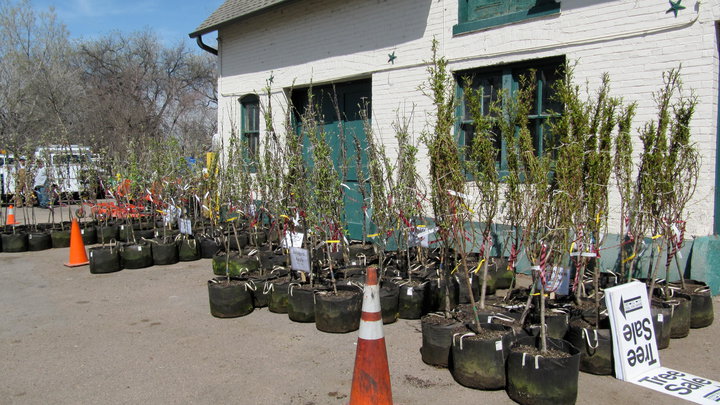Denver Digs Trees Program Offers Low-Cost and Free Trees to Denver Residents

In addition to our own free tree program, we’re thrilled to share that our friends at The Park People are here to help Denver residents plant trees again this year with their Denver Digs Trees program. The program is offering over 1,000 new trees to Denver residents, businesses, nonprofits and schools, with nine beautiful and unique species available. Trees cost between $10 and $35, though residents may qualify for a free tree if cost is prohibitive. Anyone is welcome to apply, but the tree must be planted within Denver city and county limits.
Why you should apply for Denver Digs Trees
Here in Denver, we continue to see the impacts of climate change with record-breaking heat and long periods of drought. Trees help to mitigate climate change by cooling our neighborhoods, reducing energy use, capturing and cleaning stormwater runoff, filtering air pollutants and more. They are essential for a healthy city and community, and each tree in our city works to combat the urban heat island effect. Planting a tree is a tangible way to take action now to address the changing climate, while also cooling your home, adding value to your property, shading your street and bringing beauty to your community for generations to come.
How to apply for Denver Digs Trees
Do you have a Denver address, 10 minutes to spare and an interest in taking action to improve the quality of life in our communities and grow our urban canopy? If so, apply at The Park People’s website: https://theparkpeople.org/What-We-Do/Denver-Digs-Trees or call 303-722-6262 for a paper application. The application deadline is Feb. 15, 2022, or while supplies last. Trees go fast, so make sure you apply early! Trees will be available for pick up and planting in April. The Park People offers planting and care workshops before the event and upon pick up, volunteers will work with you to ensure you love your tree and know how to properly care for it.
Contact info@TheParkPeople.org or 303-722-6262 for questions or more information about the Denver Digs Trees program. The Denver Digs Trees program is just one way you can add a tree to your Denver property for low or no cost. For more information about three additional ways to get a free tree in Denver this year read more in our blog post.





